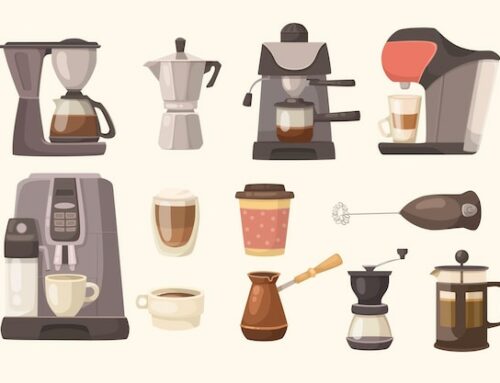Coffee and Food Photography: Crafting the Perfect Visual Aroma
In the world of digital marketing and social media, Coffee and Food Photography: Creating Irresistible Imagery has become an essential aspect for any culinary brand, especially for the likes of specialty coffee shops like Sweet Beans. The power of a perfectly captured espresso shot or a beautifully arranged plate of pastries can entice viewers, transform them into customers, and even turn them into loyal advocates for your brand. But how exactly does one go about crafting such captivating visual content?
The Art of Composition in Coffee and Food Photography
A well-composed photograph speaks volumes and can make the difference between a good image and a great one. When it comes to Coffee and Food Photography: Creating Irresistible Imagery, composition involves arranging the elements in the frame so that they harmonize with each other, leading the viewer’s eye to the most important parts of the scene.
**Rule of Thirds:**
The rule of thirds is a classic composition technique where the image is divided into nine equal segments by two horizontal and two vertical lines. Placing the main subject along these lines or at their intersections can create a more balanced and engaging shot.
**Layering:**
In food photography, creating layers with different textures and colors can add depth to the image. This could mean showcasing the steam rising from a fresh cup of coffee or capturing the flaky layers of a croissant.
**Negative Space:**
Using negative space – the empty area around the main subject – can emphasize the food or drink, allowing it to stand out and breathe. It’s a powerful way to draw attention to the delicious details.
The Importance of Lighting in Capturing the Perfect Shot
Lighting is arguably the most critical element in photography, and it’s no different for coffee and food imagery. The right lighting can accentuate the textures, colors, and shapes of your culinary offerings, making them look as tantalizing as they taste.
**Natural Light:**
Natural light is often the preferred choice for food photographers because it provides a soft, diffused light that can make the food look more natural and appealing. The golden hour, just after sunrise or before sunset, provides particularly warm and flattering light.
**Artificial Lighting:**
When natural light isn’t available, artificial lighting can be a powerful tool. Softboxes, diffusers, and reflectors can help mimic natural light and give you more control over the shadows and highlights in your images.
Styling: The Secret Ingredient to Mouthwatering Imagery
Styling is where your creativity really gets to shine. It’s about arranging the elements in the frame to tell a story and evoke emotions. When styling for coffee and food photography, every detail counts.
**Props:**
Choosing the right props can enhance the overall feel of the image. This might include selecting the perfect cup for a latte or the ideal plate to present a piece of cake. Props should complement the food and not distract from it.
**Backgrounds:**
The background can make or break an image. Textured cloths, rustic wood, or simple white surfaces can serve as backdrops that highlight the food without overwhelming it.
**Fresh Ingredients:**
Nothing says irresistible like fresh ingredients. A dusting of cocoa on a cappuccino or freshly picked berries next to a slice of cake can add an element of freshness that viewers can almost taste.
Camera Techniques to Elevate Your Coffee and Food Photography
Understanding your camera and its capabilities can help you take your Coffee and Food Photography to the next level. Here are a few techniques to consider:
**Macro Shots:**
Macro photography allows you to capture small details that might not be seen with the naked eye. This can be particularly effective when you want to highlight the texture of food or the delicate crema of a coffee.
**Depth of Field:**
Playing with depth of field can focus the viewer’s attention exactly where you want it. A shallow depth of field (a wide aperture) will blur the background and foreground, drawing the eye to the subject that’s in sharp focus.
**Shutter Speed:**
If you’re capturing action, like the pour of a latte, a faster shutter speed will freeze the motion, while a slower shutter speed can create a sense of movement.
Post-Production: The Finishing Touch
Even the best-taken photographs can benefit from a little post-production magic. Editing software can help you adjust the exposure, contrast, and color balance to make sure your images look as delicious as possible.
**Editing Tools:**
Lightroom and Photoshop are popular tools for photographers. They can help correct lighting issues, crop for better composition, and enhance the overall quality of the image.
**Consistency:**
Maintaining a consistent look and feel across your images is important for brand identity. This means keeping a similar style, color

